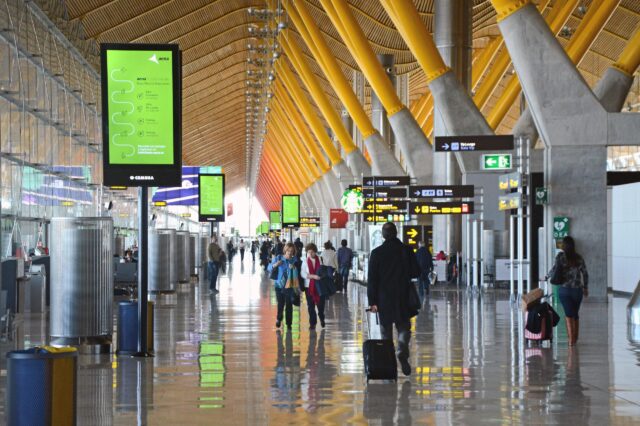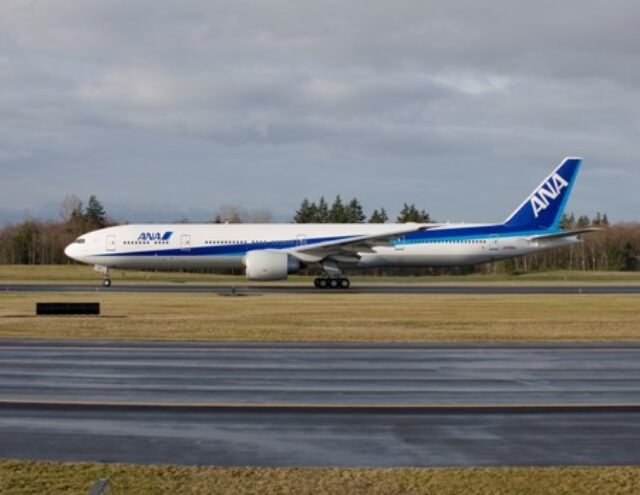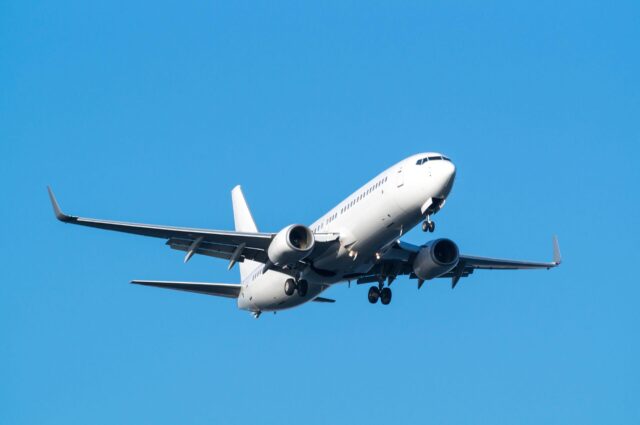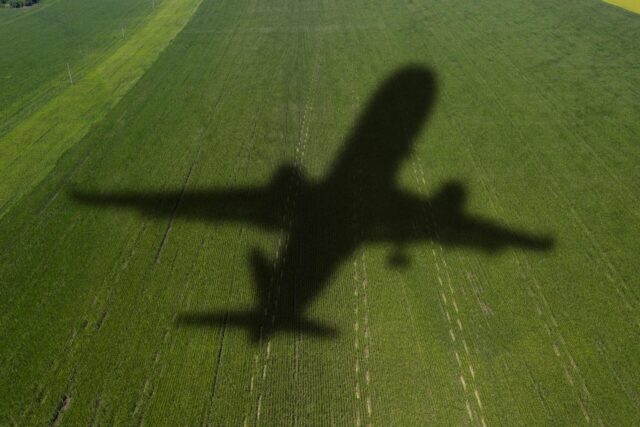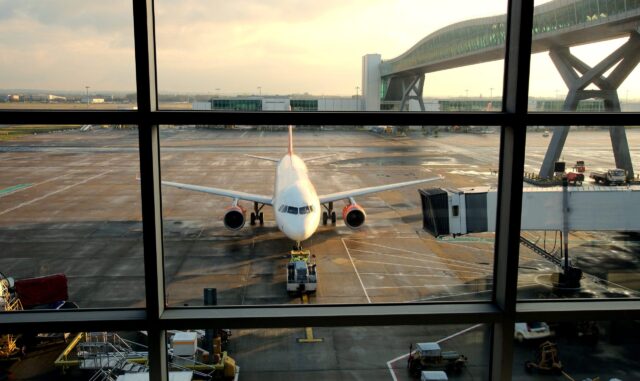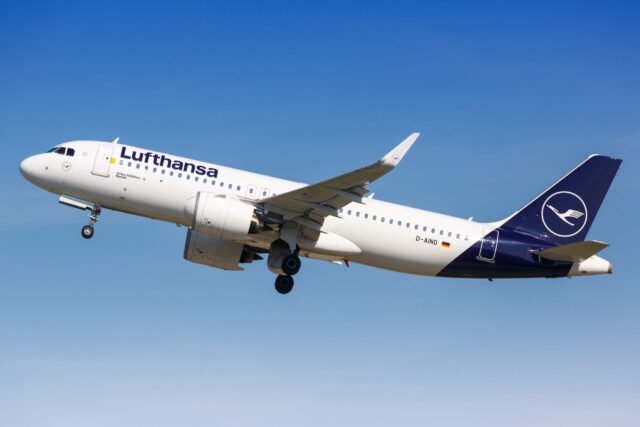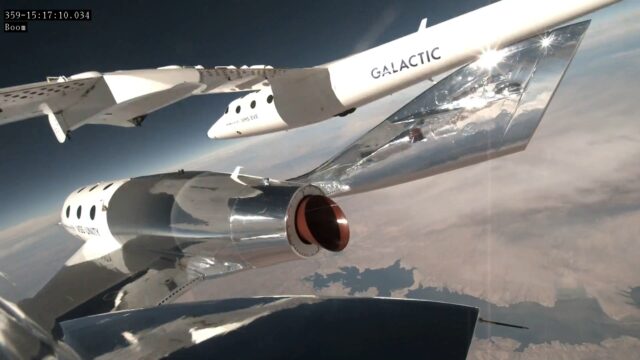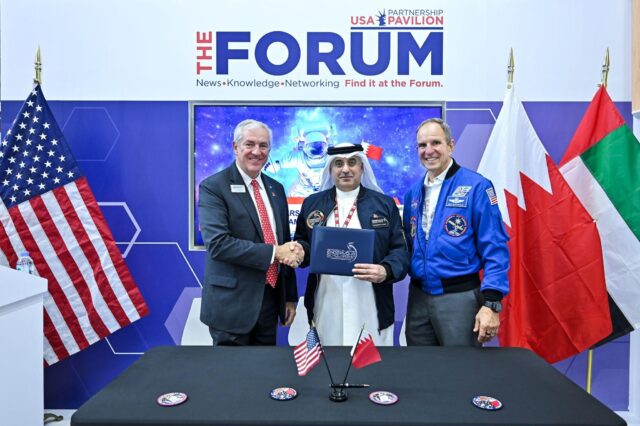Algeria to be the Su-57’s first export customer
February 17, 2025

On 10 February 2025, at the opening of Aero India 2025, Rosoboronexport chief, Alexander Mikheev, announced that an “undisclosed foreign customer” would start to receive Su-57s later this year. Mikheyev previously confirmed (in November) that an unnamed foreign customer had signed a contract to procure the Su-57E. But Rosoboronexport, which is Russia’s state-run arms export/import agency, provided no details as to that customer nation’s identity.
The following day, 11 February, State-run Algerian national media confirmed that the Algerian Air Force was to acquire up to 14 examples of the Su-57E export version of the Sukhoi Su-57 ‘Felon’. The first six of these will arrive later this year, and Algerian pilots are currently undergoing training in Russia.
The Algerian Air Force is a long-standing operator of Russian (and Soviet) combat aircraft types, and large numbers of Sukhoi Su-24 ‘Fencer’, Sukhoi Su‐30 ‘Flanker’, and MiG-29 ‘Fulcrum’ fighters are in service. Algeria has been rumoured to have been looking at the Su-57 since 2020, and in February 2024 there were reports that the Su-57 had been sighted in the North African country, and even that an order for 14 had originally been placed in 2019.
Development of what would become the Su-57 began in 1999, under the PAK FA (prospective aeronautical complex of front-line aviation) programme, which aimed to produce a more affordable and more modern alternative to the Mikoyan 1.42/1.44 MFI.
The original Sukhoi T.50 was the first Russian military aircraft designed with stealth technology to enter service. It was intended to form the basis of a new family of stealthy combat aircraft. Western experts suggest that the aircraft’s low observability is limited due to design choices and manufacturing techniques, and compare it to late 4th generation Western fighters, and not to the F-22 and F-35.
Sukhoi incorporated some of the T.50’s avionics systems and engines, in an advanced Su-27 derivative – the T.10BM, which was eventually ordered by the Russian Ministry of Defence as the Su-35S, entering service in 2014.
The first T.50 prototype made its maiden flight on 29 January 2010, but development was protracted as a result of funding constraints and significant structural and technical issues, including an alarming propensity of the engines to catch fire. The early prototypes encountered severe fatigue cracking, even though limited to 5 g. These issues required a major structural redesign, with increased use of composites, a reinforced airframe, extended span wings and a longer tailsting. The sixth prototype was the first built to the new standard.
On 15 May 2019, following a 20% price reduction, Russian President Vladimir Putin announced that 76 aircraft would be purchased and delivered to the Aerospace Forces by 2028.
The first Su-57 entered service with the Russian Aerospace Forces (VKS) in December 2020, about five years late, and just over 20 series production aircraft have been delivered (much more slowly than planned), plus about ten prototypes.
While the Su-57’s low observability is open to question, it does display supermanoeuvrability in all axes, and enjoys relatively capacious internal payload bays, and, by Russian standards, relatively advanced sensor systems including AESA radar. The aircraft is claimed to have supercruise capabilities, as well as a maximum speed capability of Mach 2.




